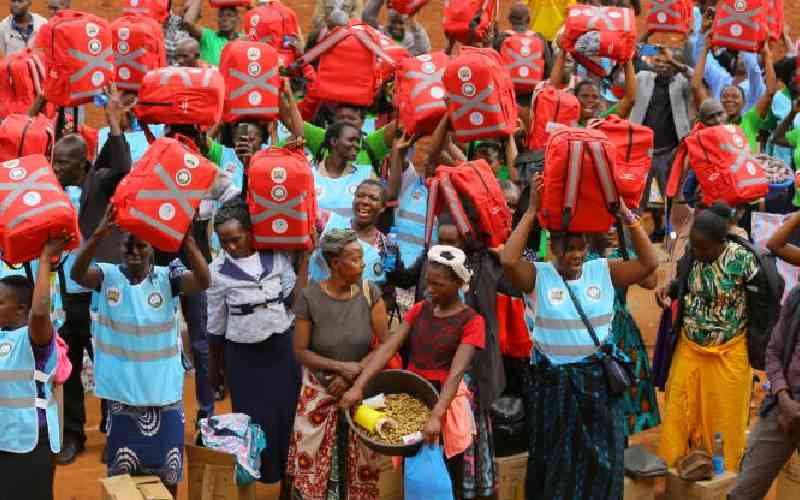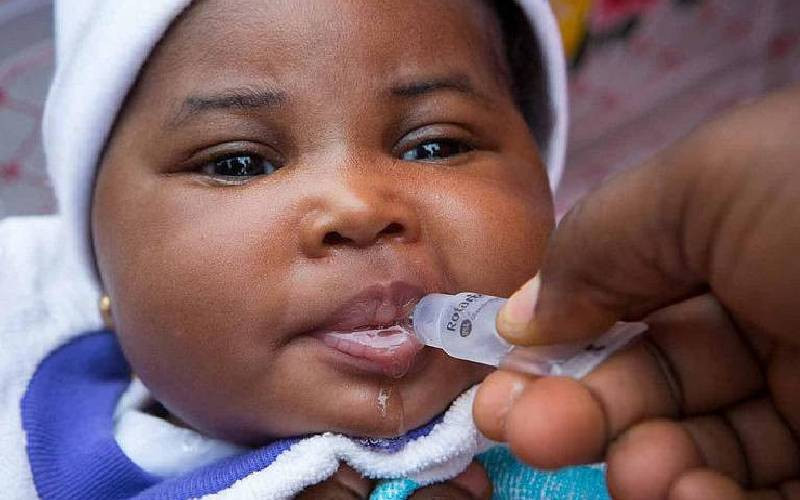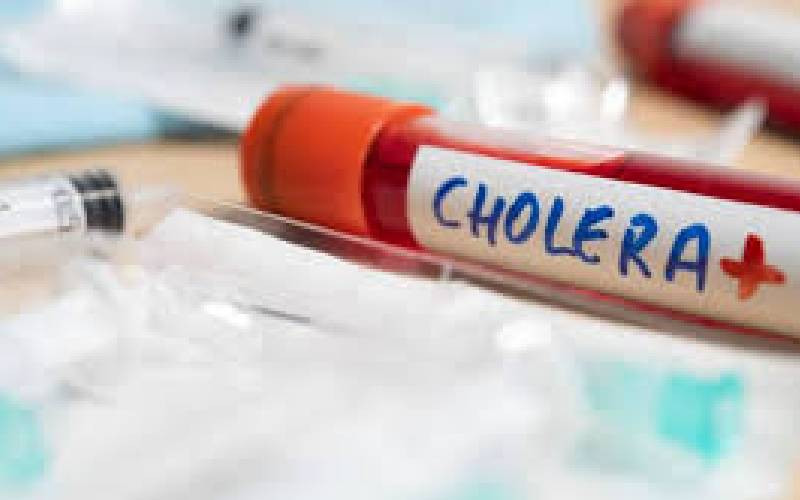
Watch out. That sizzling chicken and creamy milk you gulp everyday could lead you to an early grave.
Scientists have warned that a lot of milk and chicken on sale is carcinogenic and highly contaminated with disease-causing germs.
Half of all types of milk, from informal traders to kiosks to high end supermarkets in Nairobi, was found contaminated with unsafe levels of cancer-causing aflatoxins.
Samples of raw and processed milk including fresh pasteurised milk, Ultra-high temperature processing UHT, mala and yogurt collected in Nairobi every day for one year were contaminated with dangerous levels of aflatoxins.
This and a second study both published this week by among others the International Livestock Research Institute(ILRI) in Nairobi, say the findings are scary because chicken and milk are fast gaining popularity in Nairobi.
Residents reducing the consumption of red meat and health altering sugary drinks linked to cancer are increasingly turning to milk and white meat.
The second study also involving the Kenya Medical Research Institute (Kemri) found chicken reared and poultry meat sold in Nairobi to be highly contaminated with the food-poisoning bacteria called campylobacter.
Not changed
The bacteria causes the most common food borne infection called campylobacteriosis involving bloody diarrhea, abdominal pain, fever, headache, nausea, and vomiting. It can be very serious in children, the elderly and those with low immunity or suffering from other diseases.
The researchers had investigated poultry farming systems and retail outlets in Dagoretti and Kibera sub-counties as a representative sample of much of Nairobi population.
They found the prevalence of the bacteria as high as 44 per cent in poultry farms in Nairobi County but even much higher at retail outlets.
“The prevalence in retailers was 60 per cent in Dagoretti and 64 per cent in Kibera,” says the study; this a reflection of the poultry meat across Nairobi.
Repetitive ‘freezing-thawing’ of chicken where customers buy small cuts instead of a whole bird, the study found encourages re-contamination of the meat.
Freezing fresh chicken meat for 24 hours has been shown to reduce the number of campylobacter. But in Nairobi, the study says because of high cost and unreliable electricity incomplete freezing is common and a risk for contamination.
Selling of defrosted meat was found to encourage the growth of these bacteria. If your retailer, uses a wooden cutting board and not plastic or metal ones as is widely done in Nairobi, the report says is likely to encourage the bacteria.
“Retailers using a display material “not easy to clean,” such as made of wood or porous materials risk higher levels of campylobacter,” says the study.
A retailer or even a home where the knife and cutting board and dishes are not changed between, before and after cooking of the chicken increase the risk of campylobacter.
The researchers say the findings from the two sub-counties give a good indication of what is happening with the poultry meat chain in Nairobi and it is worrying.
In February a study led by Lydia M Mageto of the University of Nairobi found more than 90 per cent broilers contaminated with the bacteria, 71 per cent of layers and 61 per cent of indigenous chickens in peri-urban areas of Nairobi.
The areas covered by the Mageto team included Ruiru, Kikuyu and Ruai, which have high concentration of poultry farmers who supply chicken and its products across Nairobi.
The new report says campylobacter is responsible for half of diarrhea cases in children under five years in western Kenya. Diarrhea, after pneumonia is a major cause of illness and death in young children in Kenya.
A study published by Kemri in 2013 and supported by the World Health Organisation and the UN Food and Agriculture Organisation found high campylobacter contamination of the various meats consumed in Nairobi, Thika, Mombasa and Kisumu.
Poultry meat, compared to beef and pork had highest levels of contamination while drug resistant campylobacter was highly common in stool samples collected from 632 children from the regions.
Strains of the bacteria detected in this study were found to be resistant to several antibiotics making treatment of infected persons difficult and expensive.
Additionally when the ILRI and Swedish researchers tested milk samples for aflatoxin AFM1, a well known carcinogen 50 per cent were found to exceed the safe limits allowed in the European Union.
The raw milk samples and six of the other products were purchased from retailers and milk traders in Dagoretti, and the rest of the samples were purchased in supermarkets in Westlands Nairobi.
Cheaper milk was likely to be more contaminated than the more expensive brands with the bad milk more likely to be sold in Dagoretti which has a poorer population than Westlands.
The researchers say the crises can be checked through better food hygiene and strict enforcement of relevant regulations.
www.rocketscience.co.ke
 The Standard Group Plc is a multi-media organization with investments in media platforms spanning newspaper print
operations, television, radio broadcasting, digital and online services. The Standard Group is recognized as a
leading multi-media house in Kenya with a key influence in matters of national and international interest.
The Standard Group Plc is a multi-media organization with investments in media platforms spanning newspaper print
operations, television, radio broadcasting, digital and online services. The Standard Group is recognized as a
leading multi-media house in Kenya with a key influence in matters of national and international interest.











